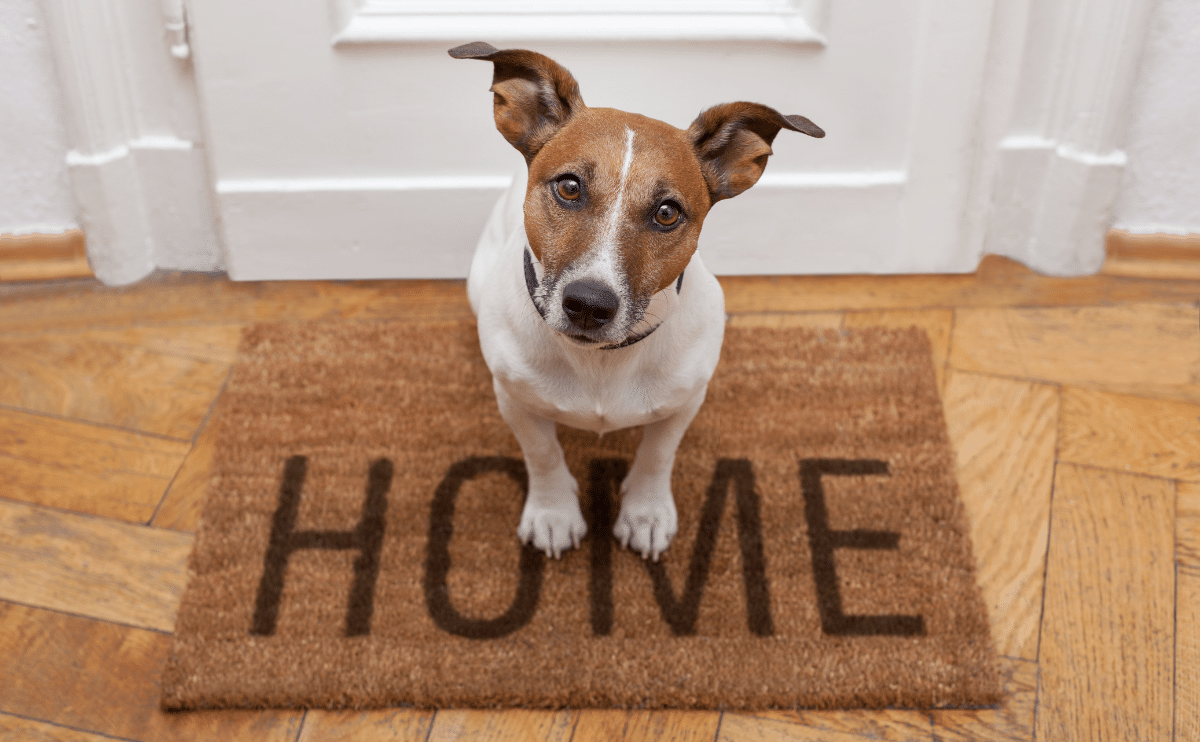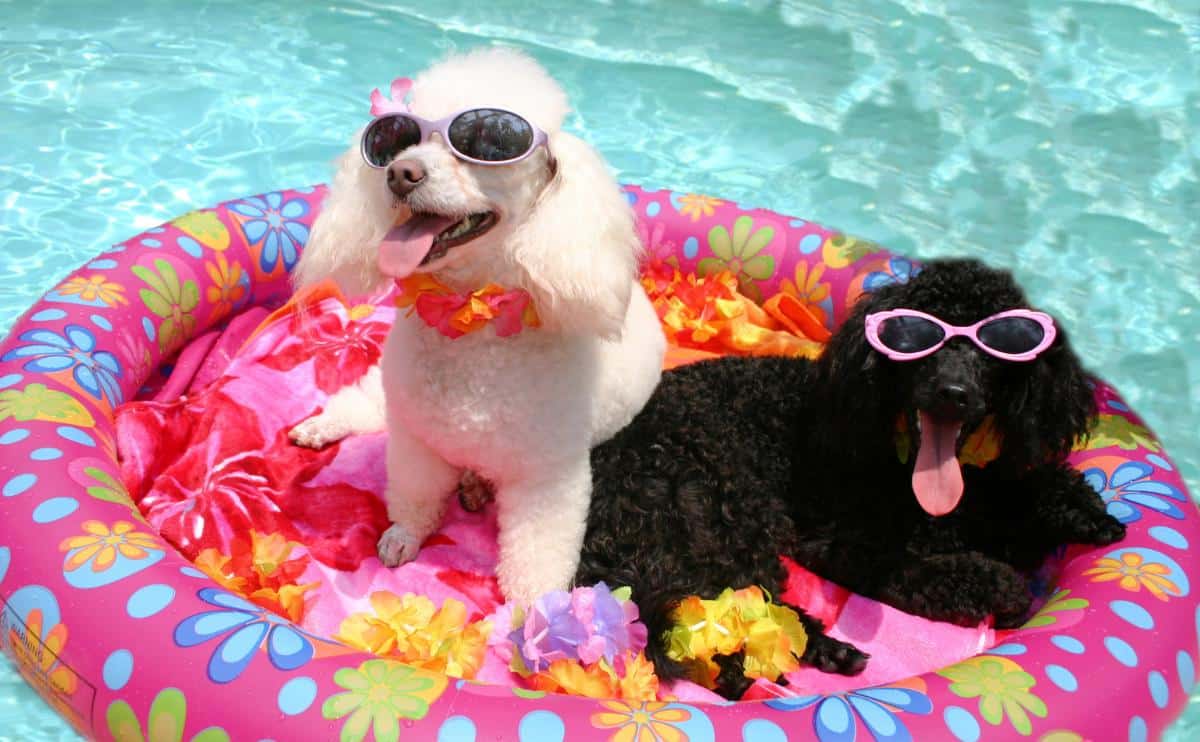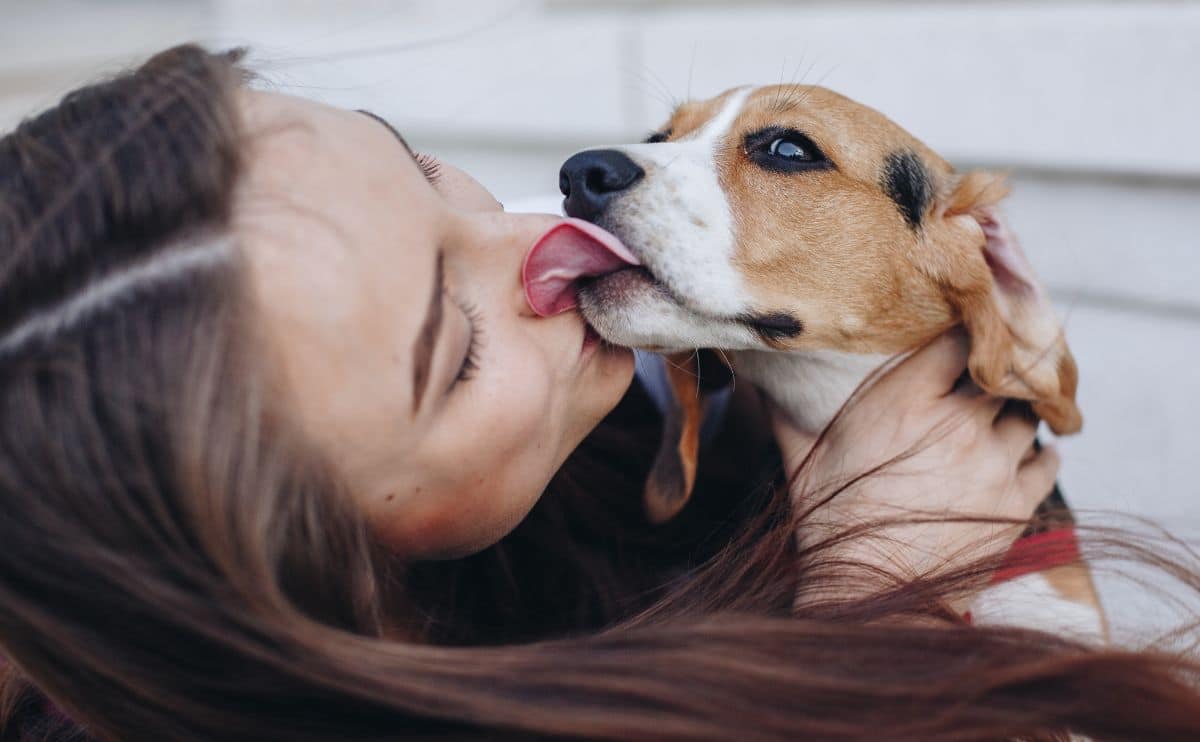How To Make A Healthy, Happy, And Safe Environment For Your Pet
When you purchase through links on our site, we may earn a commission. Here’s how it works.

Like people, pets can suffer from allergies, respiratory problems, and a range of other health issues if they’re exposed to pollutants and toxins. Therefore it’s not only essential to consider their environment but also to have pet insurance in place to cover them if they do get sick. However, there are plenty of things you can do to make your home a healthy, happy, and safe place for both you and your pet. Here are a few tips.
Table of Contents
House Plants
One of the simplest and most effective ways to make your environment healthier for you and your pet is to add some plants. Plants improve air quality by releasing oxygen and absorbing carbon dioxide, and positively affect our emotions.
Studies have shown that spending time around and nurturing plants can help reduce stress levels and promote relaxation. This study also indicated that even being in the presence of plants can boost our focus and memory. Not only will adding a few plants to your home benefit the health of you and your pet, but you’ll also enjoy their natural beauty. Just be sure to choose plants that are safe for pets, such as:
- Roses
- Violets
- Sunflowers
Meanwhile, be sure to avoid poisonous plants for dogs, including:
- Snake plants
- Hydrangea
- Tulips
If you’re not sure whether a particular plant is safe for your pet, be sure to do some research online or ask your veterinarian.
Safe, Green Cleaning Solutions
Another way to make your environment healthier for you and your pet is to use safe, green cleaning solutions. Unfortunately, many commercial cleaners contain harsh chemicals that can be harmful if inhaled or ingested. These cleaning chemicals can also be toxic to pets, leading to many health problems.
Toxic cleaning chemicals to avoid include:
- Bleach — can cause respiratory problems, skin irritation, and even death in pets.
- Aerosols — can cause respiratory problems and central nervous system damage in pets.
- Ammonia — can cause respiratory problems and eye irritation.
- Formaldehyde — can cause respiratory problems and skin irritation.
- Phenol — can cause skin irritation and vomiting.
Fortunately, there are many pet-safe cleaning products available. Some simple and affordable solutions include:
- White vinegar — can be used to clean surfaces, windows, and mirrors. It’s also a great all-purpose cleaner for pet accidents.
- Baking soda — can be used to clean surfaces, deodorize, and remove stains.
- Hydrogen peroxide — is used as a disinfectant to remove blood and urine stains.
- DIY cleaning solutions — there are many recipes online for safe, green cleaning solutions that you can make with common household ingredients.
These solutions are easy to use, and you can find them at most grocery stores. However, it’s essential to carefully read the labels before using any essential oils around pets, as some can be toxic. Likewise, it’s always a good idea to test any DIY cleaning solutions on a small, inconspicuous area before using them on larger surfaces.
Choking Hazards And Keeping A Tidy House
As any pet parent knows, it’s important to keep a tidy house to reduce the risk of choking hazards. Small toys, coins, and other objects can easily be swallowed by pets and children, causing serious health problems. To help keep your home safe and hazard-free, be sure to:
- Store all small objects in a closed cabinet or drawer
- Place cords and wires up and out of the way
- Keep food items in sealed containers or cabinets
- Empty the trash can regularly
- Sweep up any crumbs or pet hair
- Regularly clean all surfaces with a safe, green cleaning solution
In addition to these tasks, one of the best ways to tidy up for your pet’s safety is to reduce waste. Not only can waste and clutter induce stress, but they can also be harmful to the environment.
Know Your Mood Enhancers And Stressors
It’s important to be aware of your mood enhancers and stressors, both in your environment and life. Knowing what makes you and your pet happy and relaxed can help you create a healthy, stress-free home environment.
In addition, identifying irritants and stressors for you and your pet can help you avoid further exposure. Some everyday stressors include:
- Loud noises — can cause stress and anxiety in both people and pets.
- Strong smells — can cause respiratory problems and nausea in people and can be very distressing to pets.
- Bright lights — can cause headaches, eye strain, and anxiety in people and pets.
- Clutter — can cause stress and anxiety and a feeling of being overwhelmed.
- Too much or too little space — can cause feelings of confinement or chaos.
While there is no way to eliminate all stressors from our lives, we can take steps to minimize them in our environment. Thus, understanding how to calm a stressed dog or cat is crucial.
Some easy ways to reduce stressors in your home for you and your pets include:
- Creating a calm, relaxing environment — using soft colors, natural light, and plants.
- Eliminating noise pollution — using soundproofing materials or white noise machines.
- Avoiding strong smells — using air fresheners sparingly or avoiding scented products altogether and only opt for pet-safe cleaning solutions.
- Limiting exposure to bright lights — using dimmers or blinds; avoiding watching television or working on the computer in the evening.
- Creating ample storage space — utilizing vertical spaces, organizers, and decluttering regularly.
However, in some cases, pets may have special needs that you should consider in creating a healthy home environment. For instance, consider the following:
- Pets with allergies or sensitivities to certain allergens or chemicals need an environment that is free of those triggers.
- Pets with physical disabilities may require ramps, stairs, or low shelves to reach their food, water, and relaxing posts.
- Pets with emotional needs may need a special place to relax and unwind, such as a quiet room with soft blankets and a few toys.
Furthermore, take steps to ensure your pet has a safety plan by purchasing pet insurance for your pet’s specific needs and in case of emergencies. By taking the necessary precautions and being aware of your needs and your pet’s needs, you can create a harmonious home environment for everyone.
Exercise And Play
To keep your pet healthy and active, provide plenty of exercise and playtime. However, first, it’s essential to understand how much exercise your pet needs. How much exercise a puppy needs, for example, is very different from how much an older dog needs.
The best way to determine how much exercise your pet needs is to consult your veterinarian. They will help you create a personalized exercise plan that is safe and appropriate for your pet’s age and breed.
Common ways to provide exercise and playtime for pets include:
- Taking walks or playing fetch in the park
- Playing with interactive toys such as puzzles, treat dispensers, and tug-of-war ropes
- Swimming or playing in the yard
It’s also essential to understand if you have a low-energy or high-energy dog or cat. Low energy pets may not need as much exercise as high energy pets. For example, if you work from home, you can take breaks to play with your pet or go for a walk. Or, if your pet is low-energy, you can make time each day for a calming stroll.
No matter what, it’s important to make time for your pet each day to ensure they get the exercise and playtime they need.
Creating a healthy, safe, and stress-free environment for yourself and your pet can be a challenge, but it’s well worth the effort. By following the simple tips above, you can ensure that everyone in your home is happy and healthy.



